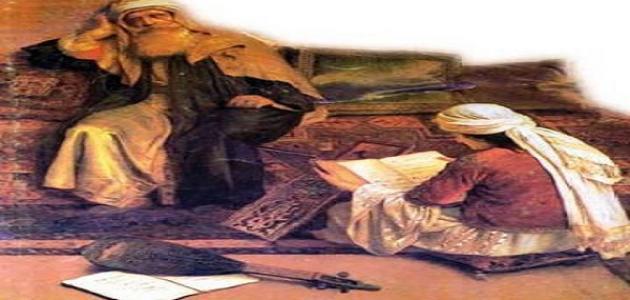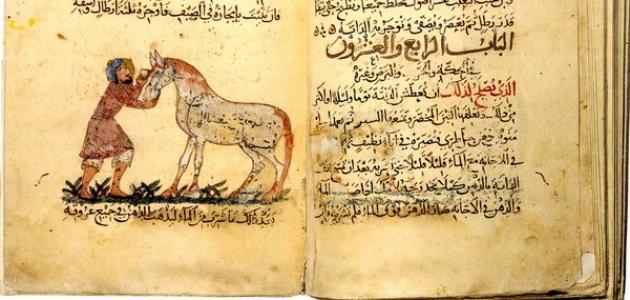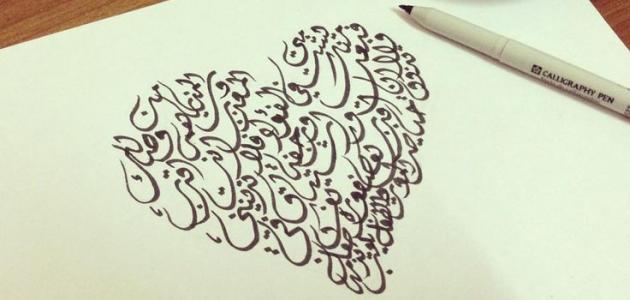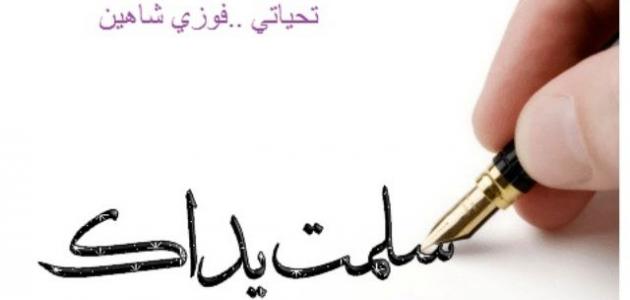The poet Abu Nawas
The Abbasid Arab poet Al-Hasan bin Hani Al-Hakmi Al-Dimashqi, nicknamed Abu Nawas, and also known as the Poet of Wine, is of Iranian origin. Abu Nawas was born in the city of Ahwaz, located in the southwestern part of Iran, in 762 AD.
Abu Nawas grew up in the city of Basra since he was two years old. He lived as an orphan. He received his primary education in the city of Basra and then moved to work as a hired hand for Attar in the district.
Abu Nawas excelled in poetry and literature, and was famous for his passion for studying jurisprudence, hadith, and interpretation as well. It is reported that he died in 813 AD, and there were conflicting opinions about the cause of death, as it was said that he died of poisoning to get rid of his sharp tongue at the hands of Ismail bin Nubakht.
Poetry of Abu Nawas
The poet Abu Nawas left a great poetic legacy after his death, so writers collected Abu Nawas’s poetry collections. Among the most famous pioneers in collecting his collections is Al-Sawli and Hamza bin Al-Hasan Al-Isfahani. It is mentioned that he was interested in wines, praise, lamentations, and poetry as well. In his poetic style, Abu Nawas relies on the following:
- Al-Khamriyat, this style is considered the most used in Abu Nawas’s poetry, as he tried to compete with both Al-Walid and Adi, the sons of Yazid, in an indirect manner.
- Praise style.
- Lamentation. Abu Nawas used to put most of his deep feelings and emotions into lamentation.
- spinning.
Manifestations of renewal in the poetry of Abu Nawas
There are many aspects of renewal in Abu Nawas’s poetry, including the following:
Read also:Definition of literature- Al-Khamriyat: Also known as Al-Khamriyat Poems, it is a collection of poems composed by Abu Nawas, creating through it a renewal trend for the revolution against ancient Arabic poetry. This type of renewal currents reached the height of its strength during the time of the Abbasid Caliphate, and that era is considered golden for literature and writing, and this type means Among the poems are poems about singing about wine, enjoying drinking it, and taking pleasure in it, while mentioning the necessity of creativity in preparing its most prominent topics as an alternative to love among the Bedouins.
- Structure: This trend or appearance in renewal indicates the necessity of distinguishing itself from the typical pre-Islamic poems, especially with regard to the tripartite structure, and it is considered a revolution against pre-Islamic poetry to replace the Khumari pause instead of the pause on the ruins.
- Purpose: Abu Nawas created a new poetic purpose called Khamriyya through his poems.
- Rhythm: This is represented by the need to pay attention to the internal rhythm resulting from alliteration and repetition in the poem.
- Image: This consists of finding a new image that describes the wine and diagnosing it in a concrete way, and relying on it as a metaphor to form poetic images and integrating them into poetic verses.









